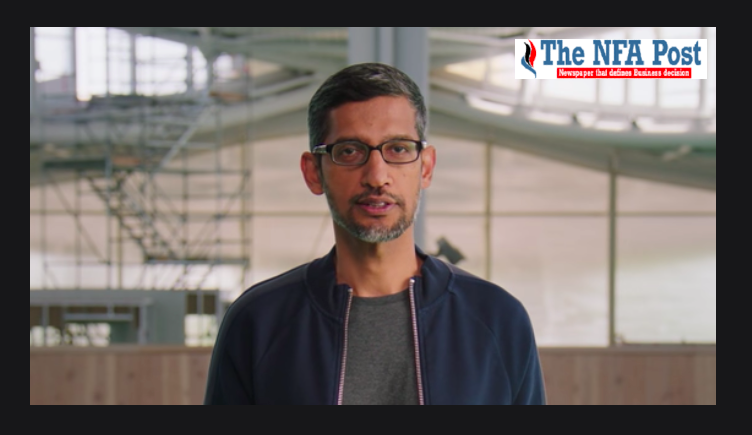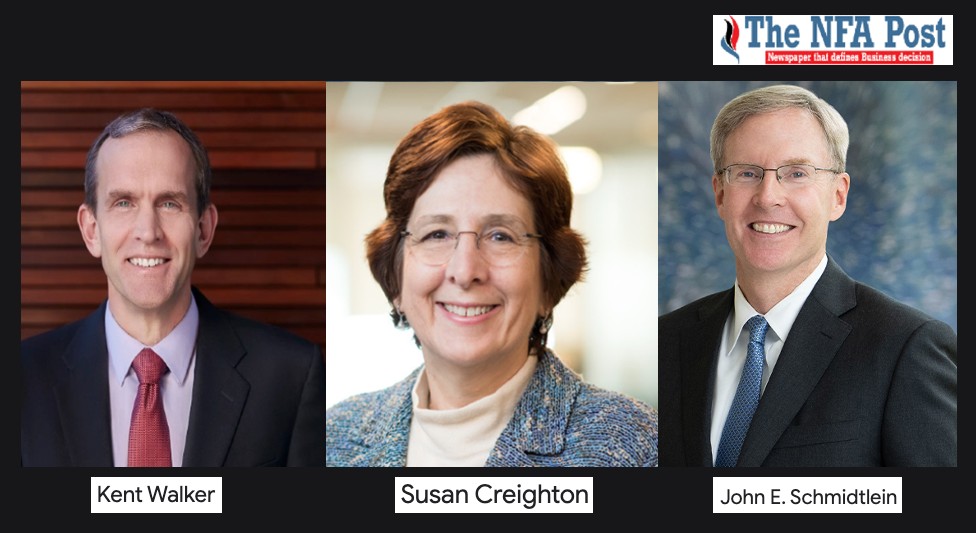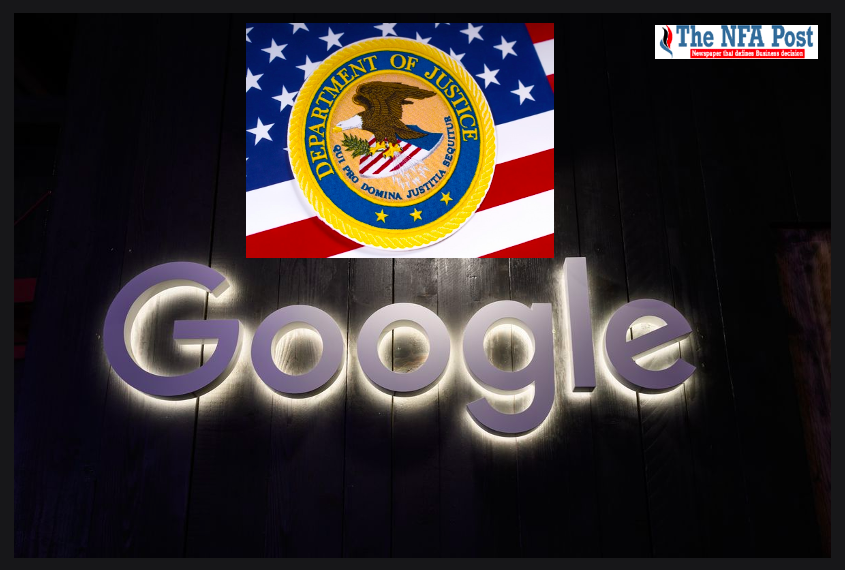San Francisco, NFAPost: Hearings have commenced on Tuesday in a federal district court in Washington in a civil trial brought by the US Department of Justice (DoJ) and 38 states and territories against Google, a division of Alphabet.
The allegations against Google are that it has violated anti-trust rules by illegally monopolising online search. Although a ruling is not expected until early next year, the case has attracted global media attention since India-born US District Judge Amit Mehta has the authority to order the company to be broken up.

Parallels with the Landmark Microsoft Case
The parallels with the United States vs. Microsoft Corp. case of 1998 are unsurprising since this is the biggest anti-trust trial in the USA since then.
Incidentally, that litigation too was heard in the same Washington D C court and presiding Judge Thomas Penfield Jackson had ordered in June 2000 that Microsoft be broken up into two companies —one to focus on the Operating System (OS) and the other on the Office suite.
There are more links tying this case to the landmark 1998 one. A recent report in The Wall Street Journal noted how three of the lawyers defending Google in the case were involved in the 1998 DoJ litigation as well. John Schmidtlein, Google’s lead counsel, represented some of the 20 states litigating against Microsoft in 1998. Kent Walker, Google’s Chief Legal Officer, was an in-house counsel for Netscape in 1998. Susan Creighton, partner at California law firm Wilson Sonsini Goodrich & Rosati engaged by Google, was a central figure in the case against Microsoft as advisor to Netscape.
Restrictions imposed on Windows users to access Netscape, once the world’s leading browser, was the trigger which led to USA vs. Microsoft Corp.
The DoJ’s arguments against Google in this case are centered around its 90% search market share. It alleges that Google is trying to maintain this monopoly by illegally cutting deals with smartphone makers like Apple and Samsung and browser firms like Mozilla to be their default search engine.

On Tuesday, during its opening remarks, DoJ noted that Google is paying over $10 billion a year for such deals. Google countered saying it had simply provided a superior search product and that people can easily switch to the search engine of their choice.
Arguments are expected to continue till November. Alphabet’s India-born CEO Sunder Pichai is among those expected to depose as a witness.
Cautionary Tales from EU’s Actions Against Microsoft
In the 1998 case, DoJ had raised three charges against Microsoft. One, it violated section 2 of the Sherman Act by adding to its monopoly in the personal computer (PC) market by bundling the Internet Explorer (IE) browser with Windows. Two, it violated section 1 of the Sherman Act by tying the browser to the OS. And three, it violated section 2 by attempting to monopolize another (browser) market.
The first of the three more or less mirrors DoJ’s current argument against Google. Only this time, it’s the search function which is in focus more than the browser. Also, smartphones now far outstrip desktops as the dominant screen.
In the event, Microsoft managed to stave off a breakup when the DC Circuit Court ruling on its appeal overturned Judge Jackson’s order and lobbed the case back to the District Court. A new judge heard the case and ruled on November 1, 2002, accepting to a large extent the settlement reached between DoJ and Microsoft the previous year.
The detailed ruling limited Microsoft’s behavior towards Internet Service Providers (ISPs) and PC makers. It also required Microsoft to share its application programming interface (API) hooks with third-party companies.

More eventful was the European Union’s (EU) regulatory action against Microsoft. In 2004, it concluded after a probe that Microsoft tried to have a chokehold on music formats by bundling Windows Media Player with its OS.
Not only did the EU fine Microsoft €497 million but it also forced it to market two versions of Windows XP — one without Media Player called Windows XP N, and one with it. The policy was a disaster when an audit revealed that Windows XP N had near-zero sales in Europe. It appeared that Europeans did not mind the bundling of the Media Player!
The EU again took Microsoft to task in 2009 over bundling the IE browser. Microsoft quickly settled by offering a “Choice Screen” to buyers of Windows XP, Vista, and Windows 7 devices.
The screen offered 12 browsers, including IE, as free downloads. Fourteen months after the first Windows 7 Service Pack was released in February 2011, EU noticed that Microsoft had failed to roll out the Choice Screen as agreed and started a probe.

In March 2013, it fined the company €561 million. But despite the hefty fine, it was not lost on observers that for 14 months there was no major outcry over the Choice Screen’s absence.
The results of EU’s actions against Microsoft are a cautionary tale. At least in those two instances, the EU came up short in designing remedies which best serve user interests.
No doubt, the DoJ would be mindful of such instances when it demands remedial measures in case it succeeds with its arguments.
There’s also no doubt the legal trio of John Schmidtlein, Kent Walker, and Susan Creighton would defend Google with all the tools and insights developed when they fought in the trenches against Microsoft more than 20 years ago.





